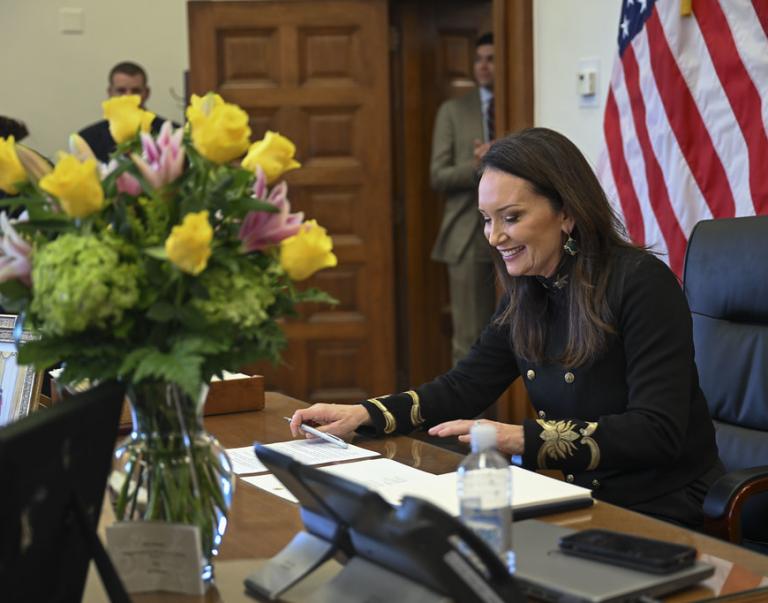
Last week, I was honored to travel to Bogotá and lead the U.S. Department of Agriculture’s trade mission with Panama and Colombia.
I was accompanied by representatives from 24 U.S. agricultural businesses - the largest delegation to ever participate in a USDA trade mission.
The eagerness of so many companies to participate in this mission comes as no surprise in the wake of congressional ratification of trade promotion agreements with Panama and Colombia. Immediately upon implementation, these agreements will ease trade restrictions and increase U.S. exports to both countries. Together with the South Korea deal, the three new trade agreements will bring an additional $2.3 billion to the U.S. farm economy, supporting nearly 20,000 American jobs.
The U.S. companies who joined me in Bogotá represent a full spectrum of agricultural goods from fish and forestry products to dairy products, feed, agricultural equipment and more. I watched them forge new contacts with food distributors and importers and position themselves to enter and expand their presence in the Colombian and Panamanian markets.
In addition to meetings with Colombian and Panamanian government and agricultural officials, a highlight of our trip was touring some of Colombia’s premier agricultural production and processing sites. This included the beautiful Asocolflores flower farm, the Alpina dairy company and an Exito supermarket, which stocks and sells a variety of food imported from the United States.
But what impressed and motivated me most while in Bogotá was the enthusiasm and commitment by government officials and agricultural industry professionals to quickly implement the trade agreements. Along with the United States, both Panama and Colombia know that these agreements will lead to new trade partnerships and increased economic opportunities for all.
Currently, the American brand of agriculture is surging in popularity worldwide. Farm exports in fiscal year 2011 reached a record high of $137.4 billion – exceeding the past record by $22.5 billion – and supported 1.15 million jobs here at home. The agricultural trade surplus stands at a record $42.7 billion. And USDA’s international market development programs and trade missions have supported this success.




